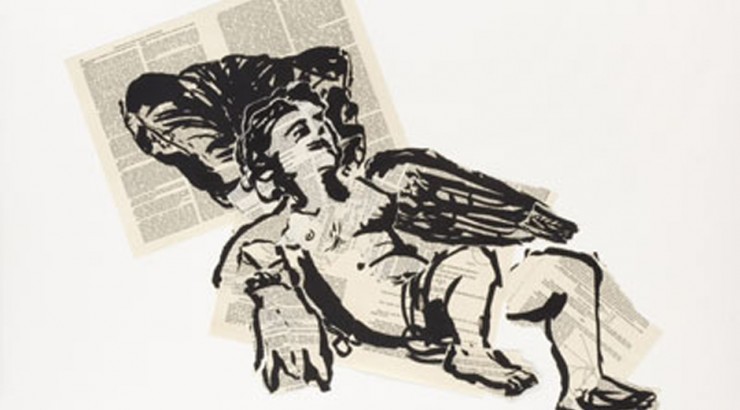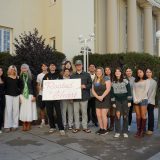
Kentridge Bridges Fine Art and Film
September 4, 2015
Growing up in South Africa during the mid to late 1900’s with an antiapartheid lawyer for a father made William Kentridge very aware of what was happening in South African society at the time. This awareness led him to pursue a career in politics and African studies; however, after obtaining degrees in those areas, Kentridge decided to start studying theater and fine art instead. Ultimately, he decided to become an artist, but his interest in politics and African society continued and became a major influence on his work. Much of Kentridge’s art deals with topics such as life during and after apartheid and the relationship between bystanders, victims, and aggressors. This is why his work is usually categorized as part of the 1980’s African Resistant Art Movement.
Kentridge’s recognition began in the 1990’s when he started making short animated films he called “drawings for projection”. These films do not have extravagant plots, however, they do have a narrative quality complete with character development and drama; traits he picked up from his experience in theater. To make a film, Kentridge sets up a camera on one side of his studio and a sheet of paper on the other. First he makes a drawing, usually using charcoal or chalk pastels and then he takes a photograph of it. Next he starts to change the drawing, shifting the charcoal lines, darkening certain parts, and lightening others. After each substantial alteration he takes another photograph. Ultimately, the original drawing shifts into something else entirely. This series of photographs of the changes made to one drawing would be considered one scene in a short film. Using charcoal allows him to transform a drawing easily and get a wide tonal range. Overall, his process of photographing his work at each stage allows him to preserve the expressionistic, spontaneous gestures he makes, so that the viewer is able to see the life cycle of the drawing throughout its transformation. This unique combination of fine art and film was something not extensively explored in the art world until William Kentridge’s work was displayed.
Kentridge’s drawings and prints do not get as much attention as his animated films, however, they are still exceptionally intriguing. When talking about subject matter for his art that is based on his own experiences Kentridge says, “I try to hang onto that initial shock. I try to recreate it or to re-evoke it.” Kentridge’s work often deals with political or social themes and therefore can be controversial and somewhat disturbing. His prints and drawings have many built up layers with past marks, or pentimenti, still showing. In a way the physical layers of his work parallel the conceptual layers of his work. He keeps the viewer intrigued and perplexed because there are no clear answers in his prints, instead everything is open to interpretation.
You can currently see one of Kentridge’s pieces on campus in Paths and Edges: Celebrating the Five-Year Anniversary of the Escalette Collection, on view in the Guggenheim Gallery now through September 18, 2015.
Header image: Olympia, Lithograph on paper, 2007. Purchased with acquisition funds.
For further exploration, here are some AMAZING links that are definitely worth looking at!
- To see some of Kentridge’s videos, drawings, and prints click here.
- To see a short video on the artist’s process click here.

